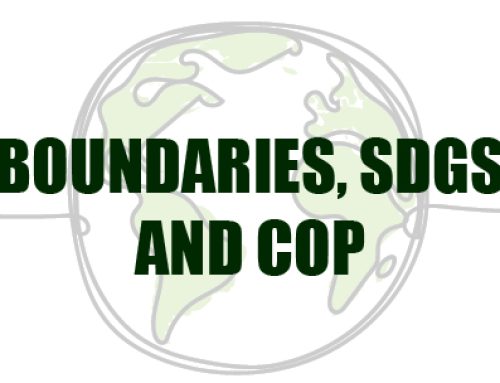Countries and companies worldwide are now talking about net zero and, on paper at least, an ever-growing percentage of our global economy is committed to achieving this by 2050. The UK made a legally binding commitment in 2019 to reach net zero by this date.
Net zero transition plans need to be consistent with a global temperature rise of no more than 1.5°C above pre-industrial levels. It’s a complex area but, massively simplified, what this means is that businesses need to:
- Step One: Establish their baseline carbon emissions now.
- Step Two: Reduce them by at least 50% by 2030.
- Step Three: Reach net zero emissions (or at least reduce them by 90%) before 2050.
The Net Zero Standard, from the Science-Based Targets initiative (SBTi), was launched in October 2021 and provides the most robust framework for businesses aiming to set net zero targets aligned with science. It requires an organization to consider its greenhouse gas (GHG) emissions throughout its operations, including its supply chain.
This is in line with the GHG Protocol Corporate Standard, which classifies a company’s GHG emissions into three ‘scopes’ (Figure 8):
- Scope 1: Direct emissions from owned or controlled sources (e.g. gas for heating and/or cooking, and fuel used in company owned vehicles).
- Scope 2: Indirect emissions from the generation of purchased energy (e.g. purchased electricity).
- Scope 3: All other indirect emissions that occur in the value or supply chain, including both upstream and downstream emissions.
Upstream emissions: those that occur during the life cycle of a material or product up to the point of sale by the producer (including all the raw materials, transportation of those materials to assembly or manufacturing, and business travel).
Downstream emissions: those that occur during the life cycle of a material or product after its sale by the producer (including distribution and storage, use of the product and end of life).

At the time of publication, the SBTi’s certification criteria for net zero require the following commitments:
Near term: 95% Scope 1+2 reduction and 67% Scope 3 reduction by 2030.
Long term: 95% Scope 1+2 reduction and 90% Scope 3 reduction by 2050.
NOTE: There are other decarbonizing terms and frameworks – for example carbon neutrality which is aligned with the British Standards Institution’s PAS 2060. This differs from net zero in several ways. It does not require any specific ambition (such as the 1.5°C pathway). It also does not require Scope 3 emissions to be included, although this is encouraged. It can be product specific rather than companywide. And, although carbon reduction plans are encouraged, an organization can jump straight to neutralizing emissions through purchasing high-quality offsets and still claim carbon neutrality.
A WORD ON CARBON OFFSETTING
This is another highly complex area. However, in short, there will inevitably always be emissions that cannot be reduced any further. So, to reach net zero, these unavoidable emissions need to be compensated for (through offsetting) or neutralized (through removal programmes).
For example, for every ton of unavoidable CO2e produced by a company’s business operations, the company can fund offset projects to reduce the amount of CO2e in the atmosphere. Common carbon reduction projects include protecting forests, developing clean energy sources and introducing more efficient energy products.
A word of caution, though. From a commercial perspective, if a company relies heavily on proceeding straight to purchasing offsets without a robust reduction strategy, the amount that it pays on an annual basis will inevitably keep going up. From an environmental standpoint, offsetting can be viewed as mopping up the floor without turning the tap off. Neither is good.
To ensure that you are offsetting with integrity, always consider the points mentioned in Figure 9.






Leave A Comment
You must be logged in to post a comment.